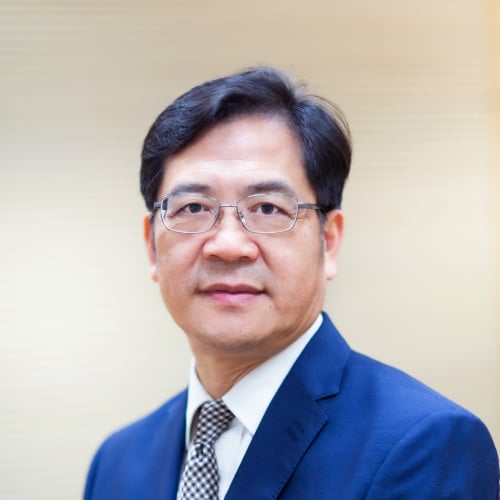Application of Laser Therapy in Oral Diseases
A special issue of Bioengineering (ISSN 2306-5354). This special issue belongs to the section "Regenerative Engineering".
Deadline for manuscript submissions: closed (15 April 2023) | Viewed by 10981
Special Issue Editors
Interests: oral medicine; oral cancer; oral potentially malignant lesions; burning mouth syndrome; photobiomodulation
Special Issues, Collections and Topics in MDPI journals
Interests: dental stem cell
Special Issues, Collections and Topics in MDPI journals
Interests: endodontics; application of lasers in dental medicine; microbiology in endodontics; restorative dental medicine
Special Issues, Collections and Topics in MDPI journals
Special Issue Information
Dear Colleagues,
Lasers have been used in medicine and dentistry for decades, as a stand-alone treatment method or as an adjunct to conventional therapy. Due to advancements in their application, they are used in various branches of dentistry, such as oral medicine, periodontology, oral surgery, orthodontics, implantology, restorative dentistry and pediatric dentistry.
High-power lasers are mainly used for surgical excisions in soft tissue or for root canal disinfection and debridement. Results have shown the advantages of laser excision, such as higher precision, reduction of scarring and need for suture, hemostasis and better healing.
Low-level laser therapy is a non-invasive treatment method that is also called "photobiomodulation". It has a biostimulating effect on tissues that includes anti-inflammatory action, analgesic effect and healing, and therefore it is suitable for various painful conditions and ulcerations of the oral mucosa. A variety of results from the literature describe its application for neuralgias, burning mouth syndrome, mucositis, aphthous ulcerations, herpes simplex virus infections, immune-mediated diseases and xerostomia. It is a painless method of treatment which is well-accepted by patients. The literature shows that low-level laser therapy can be used for dentinal hypersensitivity, erosion, osseointegration and temporomandibular joint disorders, but also for reducing pain experienced during tooth movements in orthodontics due to its analgesic and regenerative potential.
There are many results in the literature, though they vary in the applied laser therapy parameters and are therefore difficult to compare. New research with more patients will help to develop standardized protocols to treat a single diagnosis. Therefore, I invite you all to contribute to this Special Issue of Bioengineering with your results on laser therapy in oral diseases.
This Issue will be accepting contributions (both original articles and reviews) mainly centered on the following topics:
- Low-level laser therapy of oral diseases (xerostomia, burning mouth syndrome, neuralgias, mucositis, ulcerations).
- Low-level laser therapy in periodontology.
- Applications of lasers in soft-tissue surgery.
- Low-level laser therapy in orthodontics.
- Laser therapy in restorative dentistry.
- Lasers in endodontics.
Dr. Božana Lončar-Brzak
Prof. Dr. Chengfei Zhang
Dr. Ivona Bago
Guest Editors
Manuscript Submission Information
Manuscripts should be submitted online at www.mdpi.com by registering and logging in to this website. Once you are registered, click here to go to the submission form. Manuscripts can be submitted until the deadline. All submissions that pass pre-check are peer-reviewed. Accepted papers will be published continuously in the journal (as soon as accepted) and will be listed together on the special issue website. Research articles, review articles as well as short communications are invited. For planned papers, a title and short abstract (about 100 words) can be sent to the Editorial Office for announcement on this website.
Submitted manuscripts should not have been published previously, nor be under consideration for publication elsewhere (except conference proceedings papers). All manuscripts are thoroughly refereed through a single-blind peer-review process. A guide for authors and other relevant information for submission of manuscripts is available on the Instructions for Authors page. Bioengineering is an international peer-reviewed open access monthly journal published by MDPI.
Please visit the Instructions for Authors page before submitting a manuscript. The Article Processing Charge (APC) for publication in this open access journal is 2700 CHF (Swiss Francs). Submitted papers should be well formatted and use good English. Authors may use MDPI's English editing service prior to publication or during author revisions.
Keywords
- laser therapy
- low-level laser therapy
- photobiomodulation
- oral diseases
- laser parameters








